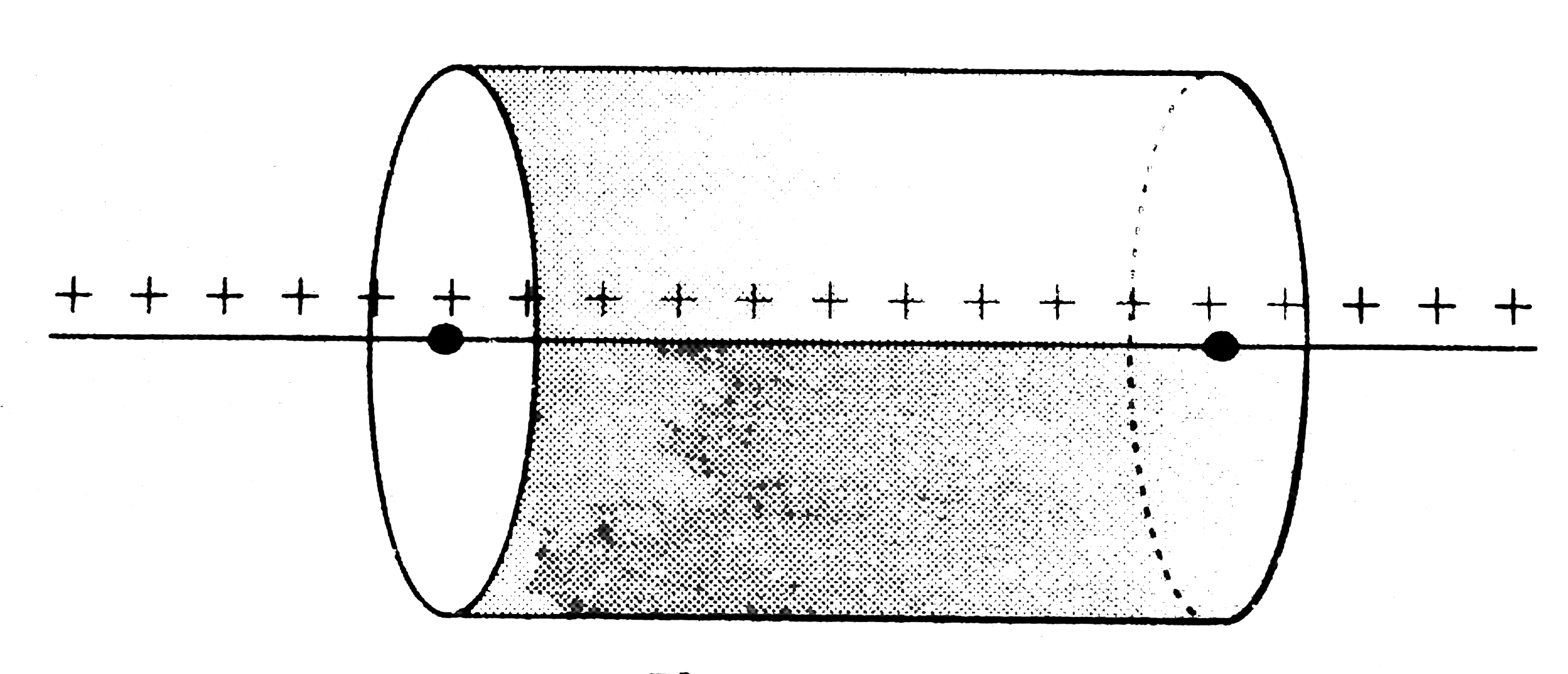For an infinite line of charge having linear charge density lying along x-axis the work done in moving a charge form to along is

The correct Answer is:A
Step by step video & image solution for For an infinite line of charge having linear charge density lambda lying along x-axis the work done in moving a charge q form C to A along CA is by Physics experts to help you in doubts & scoring excellent marks in Class 12 exams.
Updated on:21/07/2023Topper's Solved these Questions
- ELECTROSTATICSBOOK - RESONANCE ENGLISHCHAPTER - ELECTROSTATICSEXERCISE - Part- II
20 Videos
- ELECTROSTATICSBOOK - RESONANCE ENGLISHCHAPTER - ELECTROSTATICSEXERCISE - Part - IV
9 Videos
- ELECTROSTATICSBOOK - RESONANCE ENGLISHCHAPTER - ELECTROSTATICSEXERCISE - Part - III
20 Videos
- ELECTROMAGNETIC INDUCTIONBOOK - RESONANCE ENGLISHCHAPTER - ELECTROMAGNETIC INDUCTIONEXERCISE - A.l.P
19 Videos
- EXPERIMENTAL PHYSICSBOOK - RESONANCE ENGLISHCHAPTER - EXPERIMENTAL PHYSICSEXERCISE - PART -II
10 Videos
Similar Questions
Knowledge Check
An infinitely long thin wire carrying a uniform linear static charge density λ is placed along the z-axis Fig. The wire is set into motion along its length with a uniform velocity →v=vˆk. Calculate the poynting vector →S=1μ0(→E×→B).
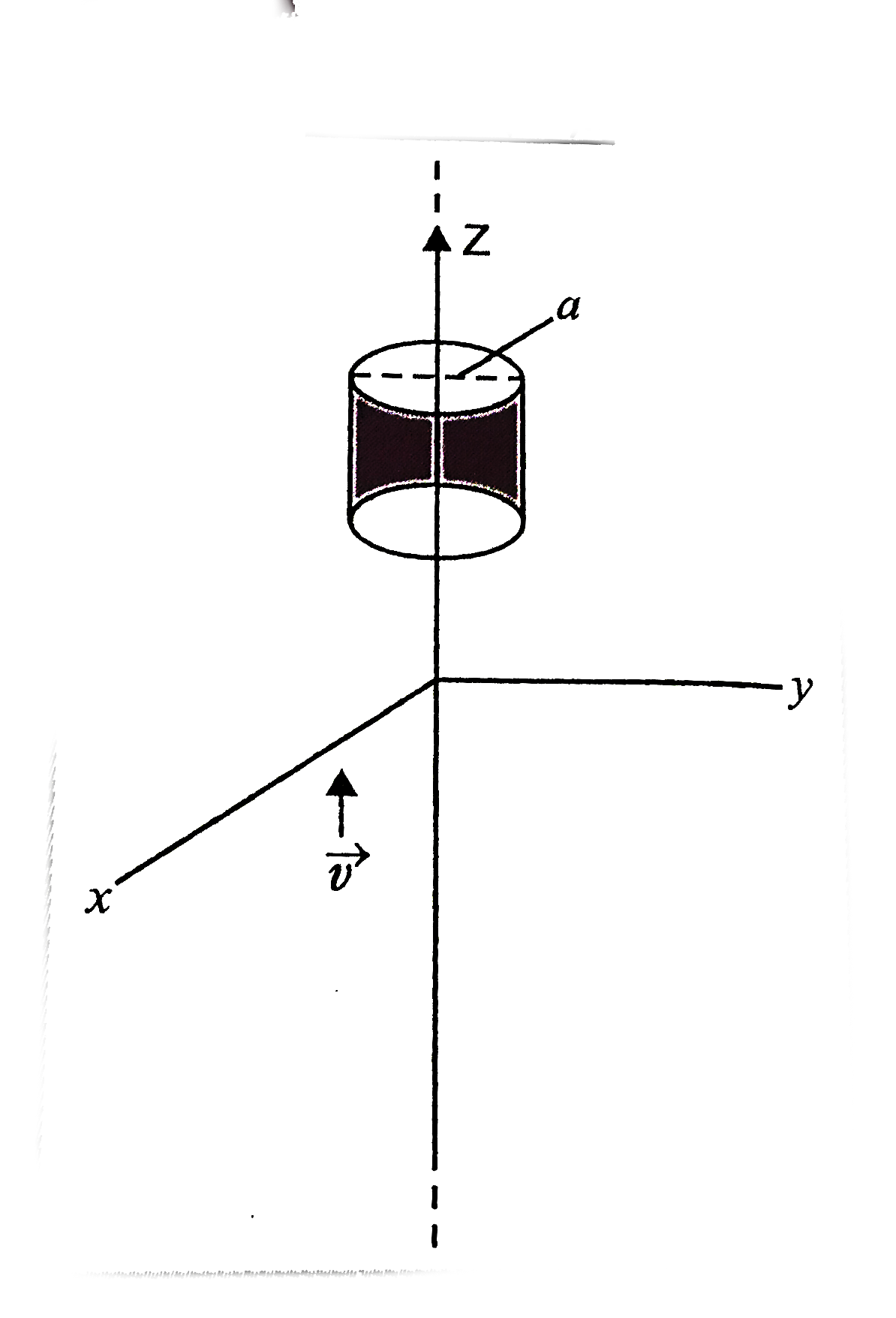 A−λ2v4π2ε0a2ˆkBλ2v4π2ε0a2ˆiCλ2v4π2ε0a2ˆkD−λ2v4π2ε0a2ˆi
A−λ2v4π2ε0a2ˆkBλ2v4π2ε0a2ˆiCλ2v4π2ε0a2ˆkD−λ2v4π2ε0a2ˆi
The dimensional formula of linear charge density λ is
View SolutionIntensity of electric field at a point at a perpendicular distance .r. from an infinite line charge, having linear charge density .λ. is given by :
View SolutionThe are AB with the centre C and infinitely long wire having linear charge density λ are lying in the same plane. The minium amount of work to be done to move a point charge q0 from point A to B through a circular path AB of radius a is equal to
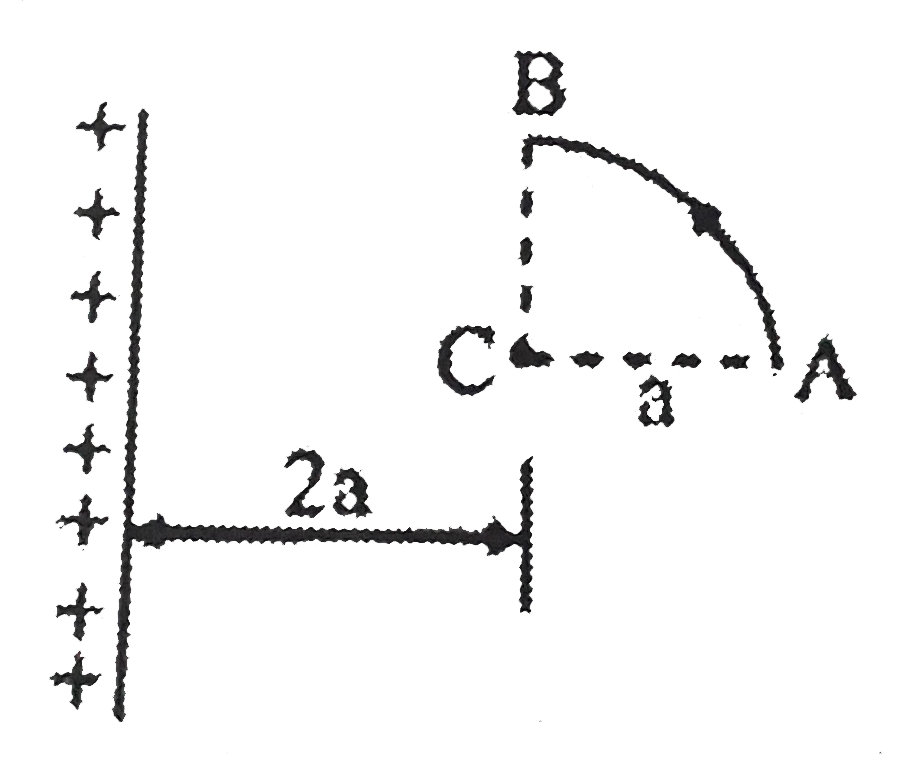
View SolutionIf linear charge density of a wire as shown in the figure is λ
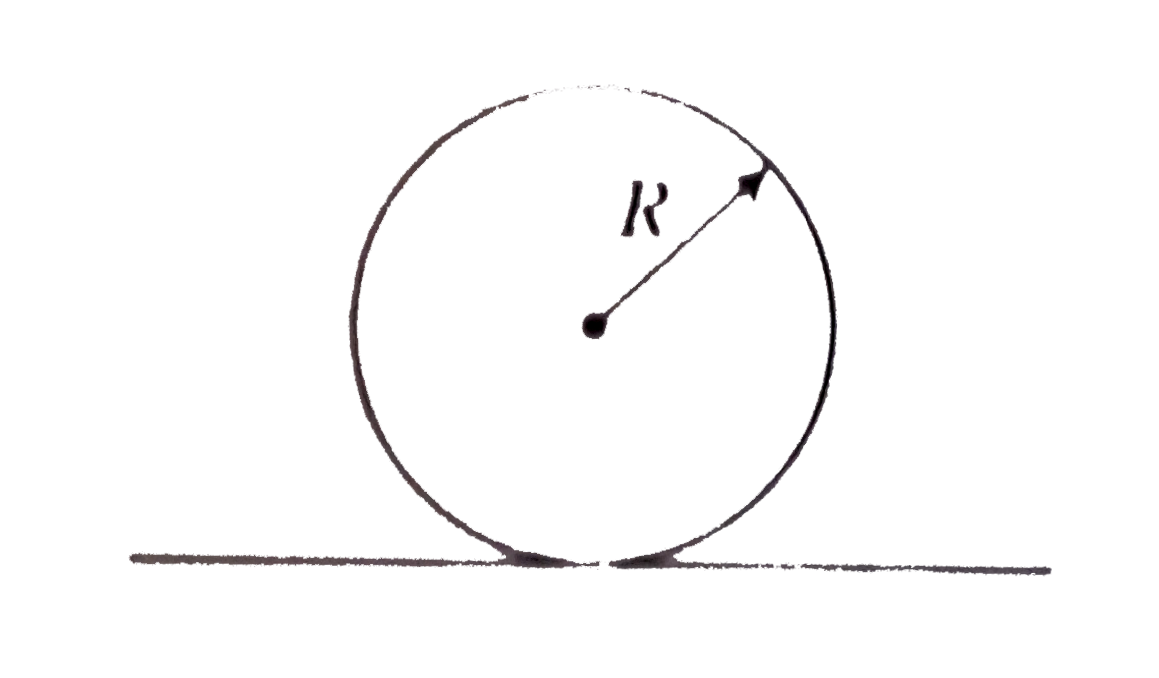
View SolutionThe arc AB with the centre C and the infinitely long wire having linear charge density λ are lying in the same place. The minimum amount of work to be done to move a point charge q0 from point A to B through a circuit path AB of radius a is equal to

View SolutionAn infinitely long thin wire carrying a uniform linear static charge density λ is placed along the z-axis Fig. The wire is set into motion along its length with a uniform velocity →v=vˆk. Calculate the poynting vector →S=1μ0(→E×→B).

View SolutionThe diagram shows three infinitely long uniform line charges placed on the X,Y and Z axis . The work done in moving a unit positive charge from (1,1,1) to (0 , 1,1,) is equal to
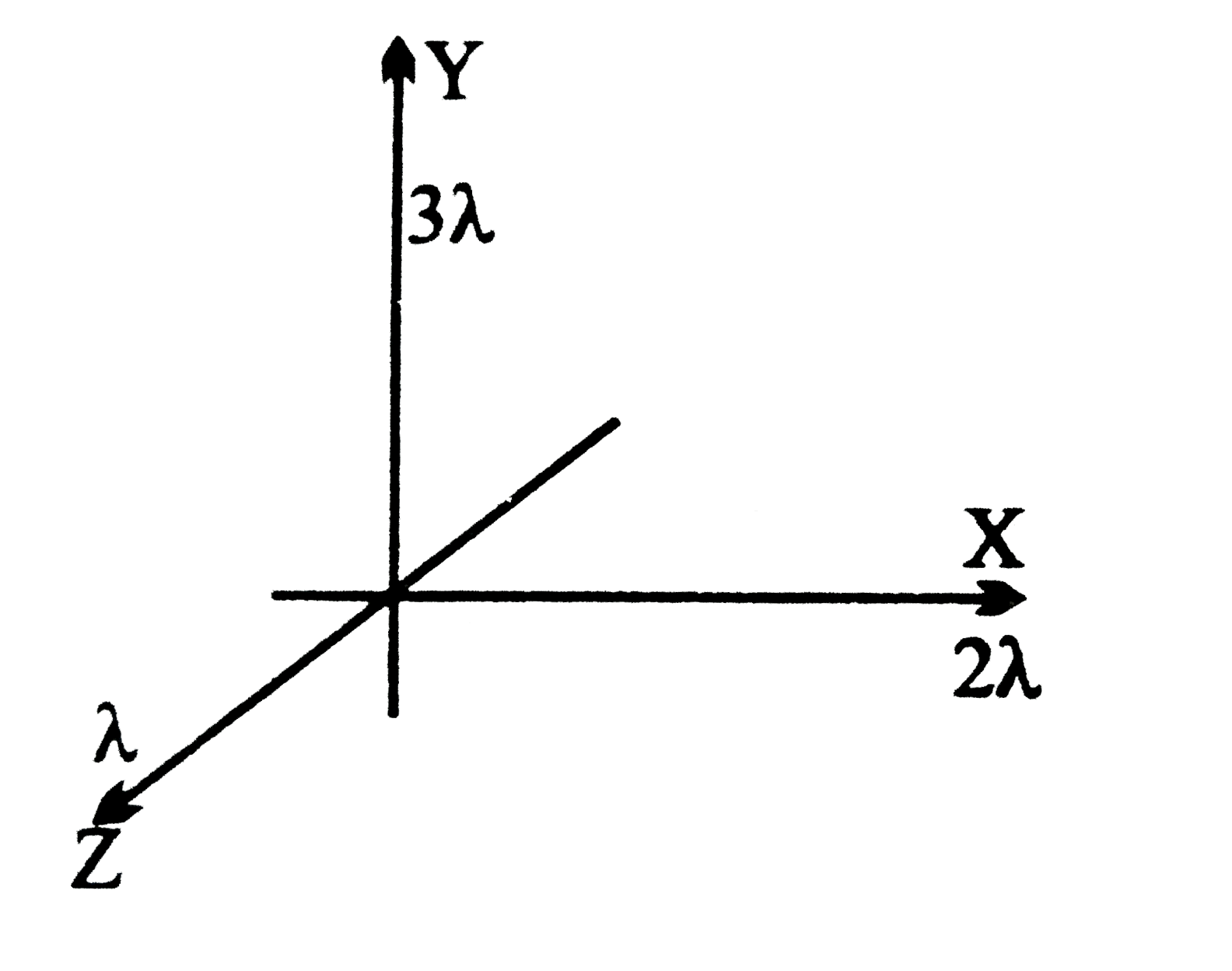 .
.
View Solution

